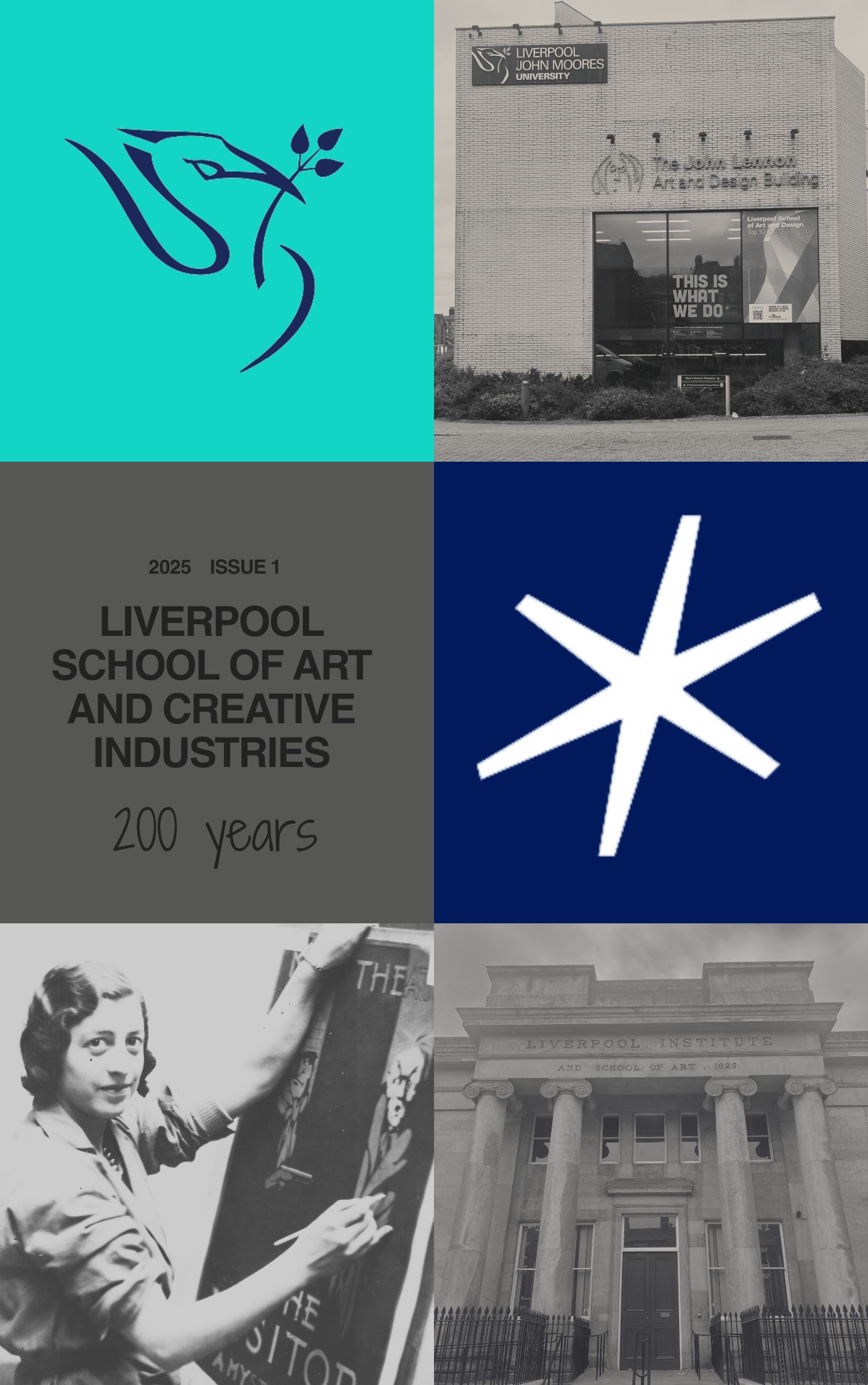Interpreting nostalgia as a therapeutic tool in Aftersun by Charlotte Wells (2022)
DOI:
https://doi.org/10.24377/LSACI.article3145Abstract
Nostalgia is an oft-misrepresented concept. Originally, it was seen as a medical condition, describing the psychosomatic effects of severe homesickness (Wilson, 2015, pp. 478-479). Transliteration from the Greek 'nóstos' and 'álgos' leads to 'return home' and 'longing' respectively (Boym, 2001). Over time, it has morphed into an acute longing for a home, past, or memory that can no longer be visited—or that never existed in the first place; the longing is more for a state of mind than a strictly geographical location (Chase and Shaw, 1989, p.1). This shift of focus from spatiality to temporality was also represented in shifting representations of nostalgia. In literature, for example, “Odysseus longs for home; Proust is in search of lost time” (Phillips, 1985, p.65).
Cook (2004, p.98) argues that "memory is a central preoccupation of cinema, and a crucial part of the development of cinematic language", using the example of analepsis as a primary feature of filmic narratives. Barthes (1986, p.345) argues that leaving the cinema is like awakening from hypnosis. The argument could be made that the phantasmagoria of this trance combined with filmic techniques such as cross-cutting allows filmmakers to create a Proustian connection from present to past. The innate efficacy of cinema in presenting memories just as realised as their respective 'presents' lends itself to rich analyses of nostalgia in film. Rather than focusing on heritage, historical and aptly-named 'nostalgia films' films being nostalgic, this post will focus on nostalgia itself as a narrative and thematic focus. Specifically, this essay will interpret nostalgia as a therapeutic tool in Aftersun (Charlotte Wells, 2022).
Downloads
Published
Issue
Section
License
Copyright (c) 2025 Devan Whitehouse

This work is licensed under a Creative Commons Attribution 4.0 International License.
The copyright of content is retained by the author(s). Please check the specific licence for this item. The majority of the content in this journal is published under a Creative Commons Attribution Licence. Artworks are published under a Creative Commons Attribution-NonCommercial-NoDerivatives 4.0 International Licence. These licences allow others to read, download, copy, distribute, print, search, or link to the full text of works in this journal, or to use them for any other lawful purpose in accordance with the licence.
This journal provides immediate open access to its content and has no submission or publication fees.


